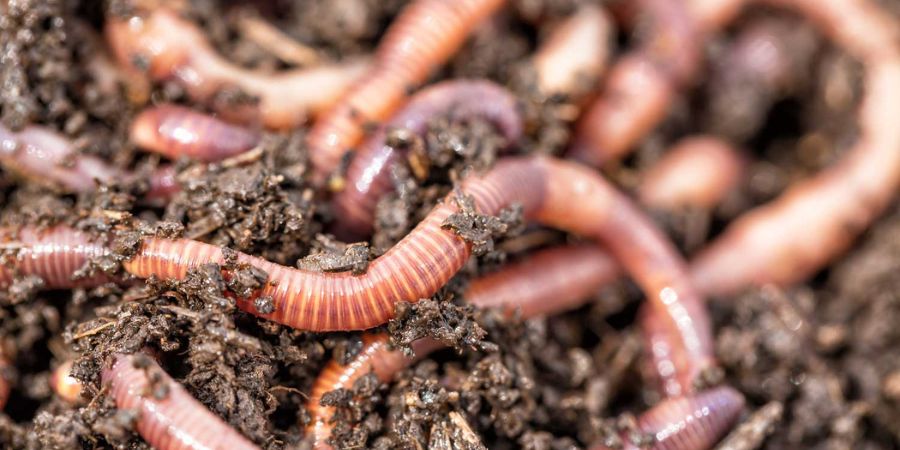How to Increase the Number of Earthworms in Your Garden Soil?
Earthworms play a vital role in maintaining healthy garden soil. They are nature's little engineers, improving soil structure, enhancing nutrient availability, and aiding in decomposition. Earthworms also help aerate the soil and create channels for water infiltration, leading to improved drainage. If you want to maximize the benefits of these beneficial creatures in your garden, here are some practical tips to increase the number of earthworms in your garden soil.
Improve Organic Matter Content:
Earthworms thrive in soil rich in organic matter. Add compost, well-rotted manure, leaf litter, or other organic materials to your garden soil. These organic amendments provide a food source for earthworms and improve the overall soil structure, making it more conducive for their activity. Regularly adding organic matter will attract earthworms and increase their population over time.
Minimize Chemical Use:
Earthworms are highly sensitive to chemicals, particularly synthetic fertilizers and pesticides. Reduce or eliminate the use of chemical-based products in your garden. Instead, opt for organic fertilizers and natural pest control methods. By minimizing chemical use, you create a safer environment for earthworms to thrive and reproduce.
Avoid Excessive Tilling:
Intensive and frequent tilling disrupts the earthworms' habitat and can harm their populations. Earthworms prefer undisturbed soil with natural layers. Instead of tilling extensively, consider using alternative methods like no-till gardening or reduced tillage. These practices allow earthworms to establish themselves and maintain their burrows, leading to increased populations.
Maintain Soil Moisture:
Earthworms require moist soil to survive. Keep your garden soil consistently moist, but not waterlogged. Mulching is an effective technique to retain soil moisture. Apply a layer of organic mulch, such as straw or wood chips, around your plants. Mulch helps regulate soil temperature and moisture, creating a favorable environment for earthworms.
Provide Suitable Shelter:
Earthworms need shelter to protect themselves from extreme temperatures and predators. Ensure there are suitable hiding spots for earthworms in your garden. This can be achieved by adding rocks, logs, or large leaves to the soil surface. These objects provide refuge for earthworms during unfavorable conditions, encouraging their presence in your garden.
Use Earthworm-Friendly Gardening Practices:
Adopt gardening practices that promote earthworm activity. For instance, practice crop rotation to avoid depleting the soil of specific nutrients and to maintain a diverse soil ecosystem. Avoid leaving bare soil exposed for extended periods. Consider intercropping or cover cropping to keep the soil covered and provide continuous food sources for earthworms.
Limit Disturbance to the Soil Surface:
Minimize disturbances on the soil surface, such as excessive foot traffic or heavy machinery. Earthworms often reside in the top few inches of the soil, and disturbances can disrupt their burrows and harm their populations. Be mindful of activities that may compact or damage the soil, which can adversely affect earthworms.
Encourage Native Vegetation:
Native plants are well-suited to local soil conditions and support a diverse range of soil organisms, including earthworms. Incorporate native plants into your garden design to provide a habitat and food source for earthworms. Native vegetation also helps maintain a healthy ecosystem and promotes a balanced soil environment.
Remember, increasing earthworm populations takes time and patience. It's essential to maintain consistent practices that support their presence in your garden. By implementing these tips, you can create an earthworm-friendly environment, leading to improved soil health and a thriving garden ecosystem.
RELATED ARTICLES:





